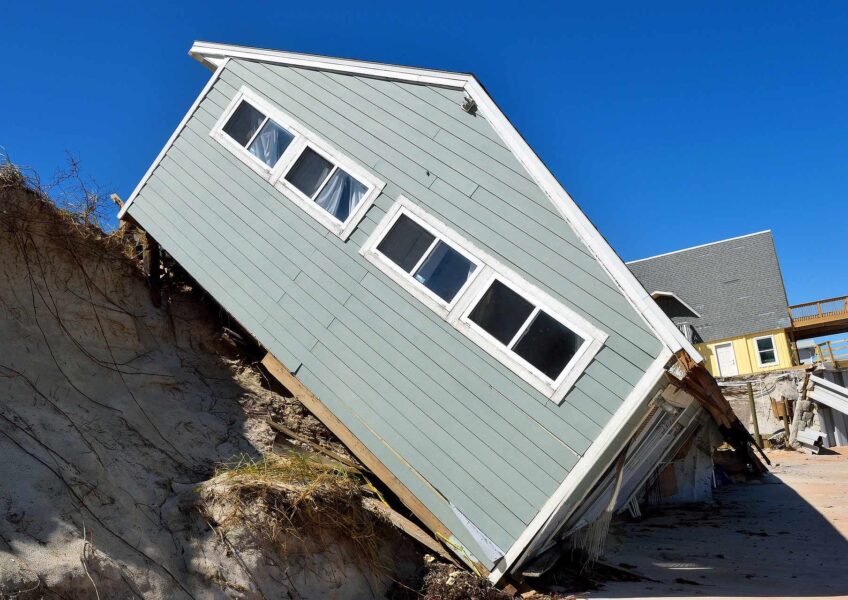Historical Building Failures that Changed Engineering Codes
Introduction
In the world of construction and engineering, failures are learning opportunities. However, these lessons often come at a high cost, including loss of life and property. This blog post will delve into some notable historical building failures that were so impactful they led to changes in engineering codes and standards.
The Hyatt Regency Walkway Collapse
In 1981, Kansas City witnessed one of the most devastating engineering failures in U.S. history. The collapse of skywalks at the Hyatt Regency Hotel resulted in 114 deaths and over 200 injuries. The tragedy led to stricter regulations for engineering review processes and shined a spotlight on the responsibilities of engineers in ensuring public safety.
The Tacoma Narrows Bridge
The Tacoma Narrows Bridge, colloquially known as “Galloping Gertie,” collapsed just months after its completion in 1940 due to aeroelastic flutter. This failure prompted researchers to focus on aerodynamics in bridge construction, leading to safer and more stable designs.
The Sampoong Department Store Collapse
In 1995, the Sampoong Department Store in Seoul, South Korea, collapsed, killing over 500 people and injuring nearly 1,000. Investigations revealed the building’s flawed design and substandard construction materials, causing a reevaluation of building codes and standards in South Korea.
The Rana Plaza Collapse
The collapse of Rana Plaza in Bangladesh in 2013 killed over 1,100 people, primarily garment workers. This disaster led to an international outcry and resulted in increased focus on building codes, safety inspections, and ethical sourcing in the fashion industry.
Conclusion
These historical building failures serve as grim reminders of the importance of stringent engineering codes and standards. They led to revisions and enhancements in building codes to ensure that such tragedies do not occur again. Engineers bear a heavy responsibility in upholding these codes to ensure public safety, a subject that cannot be overstated in its importance.




